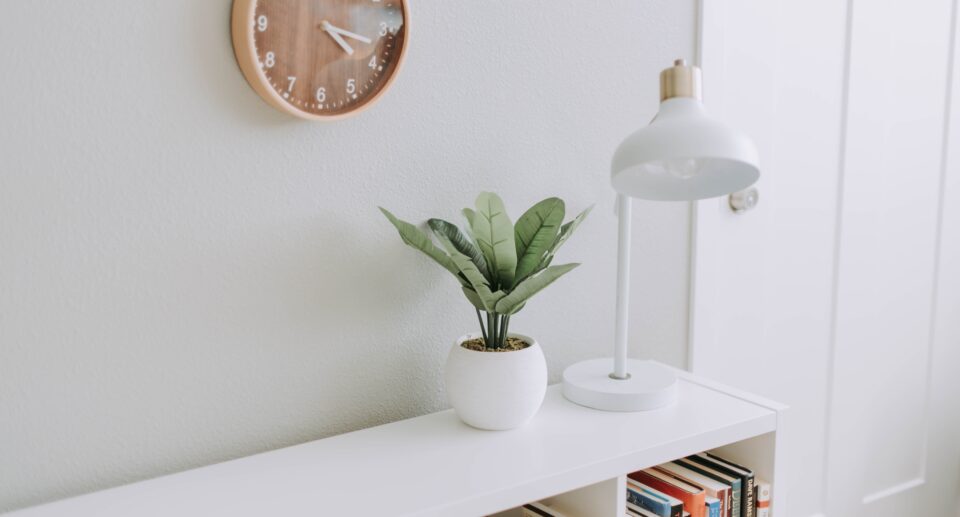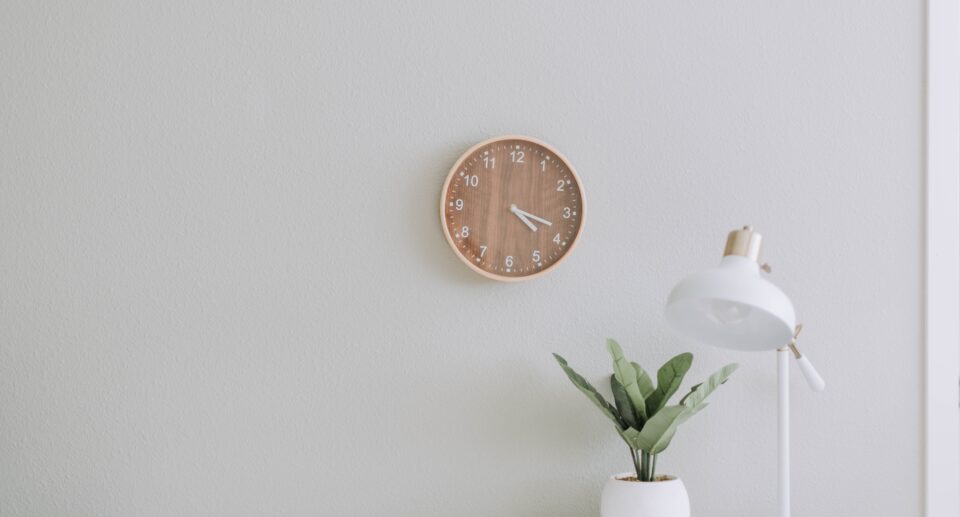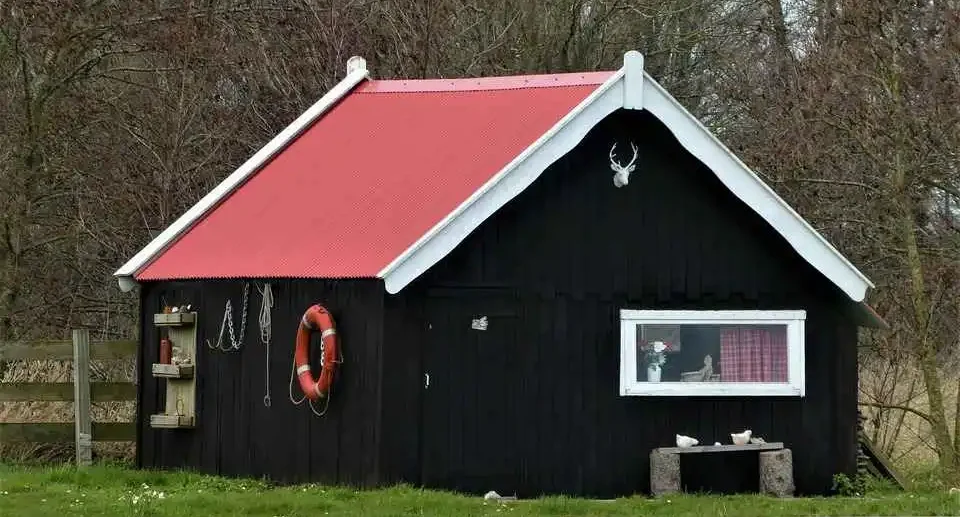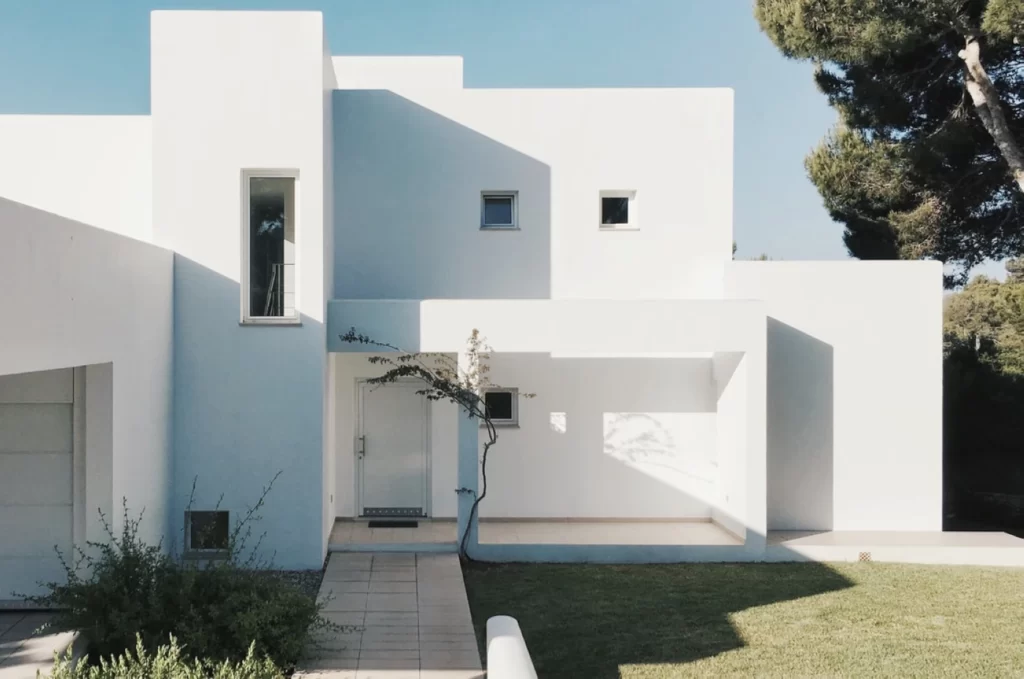
In a world that often seems cluttered with distractions and excess, the minimalist lifestyle has gained significant popularity. More than just a design trend, minimalism is a philosophy that embraces simplicity, promoting a mindful and intentional approach to the way we live. If you’re yearning for a home that exudes tranquility and purpose, join us on this journey as we explore the principles of minimalism and provide you with practical steps to transform your living space.
Understanding the Principles of Minimalism
Decluttering: The First Step to Minimalism
Minimalism starts with decluttering, an essential process that involves evaluating and streamlining your possessions. Begin by assessing each item in your home, asking yourself whether it serves a purpose or brings you joy. Marie Kondo’s famous question, “Does it spark joy?” can be a guiding light in this endeavor. Consider parting ways with items that no longer serve you, donating or selling them to simplify your surroundings.
As you go through this process, take the opportunity to declutter your mind as well. Letting go of physical possessions often has a profound impact on mental clarity and focus. The act of decluttering is not just about creating physical space but also about cultivating a mindset of simplicity and intentionality.
Embracing Simple Design
Minimalist design is characterized by clean lines, neutral colors, and a focus on functionality. When choosing furniture and decor, opt for pieces with a timeless and uncomplicated aesthetic. This doesn’t mean sacrificing comfort; instead, it’s about selecting items that serve their purpose without unnecessary embellishments. Simple design choices can create a visually pleasing and calming atmosphere.
Consider investing in multi-functional furniture that not only adds to the aesthetic appeal but also serves practical purposes. For example, a coffee table with built-in storage or a sofa that can double as a guest bed can contribute to both the form and function of your minimalist home.
Mindful Consumption
In a world driven by consumerism, practicing mindful consumption is a cornerstone of minimalism. Be intentional with your purchases, avoiding impulse buys and opting for quality over quantity. Before adding something new to your home, consider whether it aligns with your values and enhances your life. This approach not only reduces clutter but also contributes to a more sustainable and conscious lifestyle.
When shopping for new items, ask yourself if they truly add value to your life. Consider the environmental impact of your purchases and explore options such as second-hand or locally sourced goods. By adopting a mindful approach to consumption, you not only refine your living space but also contribute to a broader movement towards responsible and sustainable living.
Practical Steps to Achieve a Minimalist Home
The 30-Day Minimalism Challenge
Embark on the 30-Day Minimalism Challenge, a structured approach to decluttering your home. Each day, tackle a specific area or category, gradually working your way through the entire space. This challenge provides a manageable and focused way to declutter, and as you witness the transformation, you’ll likely find the motivation to continue your minimalist journey.
Creating a checklist for each day can help you stay organized and motivated throughout the challenge. Start with smaller, more manageable areas like your desk or a specific drawer, gradually progressing to larger spaces like closets and rooms. Take before and after photos to visually document your progress, reinforcing the positive changes you are making.
Room-by-Room Guide
Start with the living room, arranging furniture to create an open and inviting space. Choose decor items that align with your aesthetic and serve a purpose. Consider the principles of feng shui, arranging furniture in a way that promotes positive energy flow. The living room is often the heart of the home, and by simplifying this space, you set the tone for the rest of your minimalist journey.
Move to the bedroom, simplifying bedding and decor to create a serene sleep environment. Consider investing in quality bedding and pillows, focusing on comfort and durability. Removing unnecessary items from the bedroom can contribute to better sleep quality and a more restful atmosphere.
In the kitchen, organize utensils and cookware, streamlining pantry items for a more functional and visually appealing space. Consider adopting a minimalist approach to your kitchen tools, keeping only those that serve multiple purposes. Simplifying your kitchen can not only make cooking more enjoyable but also reduce the time and effort spent on cleaning and maintenance.
DIY Minimalist Home Decor Projects
Inject your personality into your minimalist home with DIY decor projects. Create wall art using simple materials like wood, canvas, or recycled items. Consider incorporating personal elements, such as family photographs or artwork created by loved ones. These DIY projects not only add a personal touch to your home but also serve as a creative outlet, contributing to a sense of accomplishment.
Upcycle furniture for a sleek look that aligns with your minimalist aesthetic. Consider giving old furniture a fresh coat of paint in neutral tones or repurposing items for new uses. Upcycling not only reduces waste but also allows you to infuse your space with unique and meaningful pieces.
Introduce indoor plants for a touch of nature, promoting a sense of calm and well-being. Choose low-maintenance plants that thrive in indoor environments, such as snake plants or pothos. The presence of greenery not only adds visual interest to your home but also contributes to improved air quality and overall well-being.
Overcoming Common Challenges
Dealing with Sentimental Items
Letting go of sentimental items can be challenging, but it’s a crucial step in the minimalist journey. Develop strategies for parting with these items, such as taking photos to preserve memories or creating a designated memory box. By acknowledging the value of the experience rather than the physical item, you can make the process more manageable.
Consider repurposing sentimental items into practical or decorative elements in your home. For example, turn old t-shirts into a quilt or display meaningful trinkets in a shadow box. By finding new ways to incorporate these items into your life, you honor the memories without cluttering your living space.
Maintaining a Minimalist Lifestyle
Minimalism is not a one-time task but an ongoing practice. Conduct regular check-ins and assessments to ensure your home remains clutter-free. Resist the urge to accumulate unnecessary possessions, focusing on the long-term benefits of a minimalist lifestyle.
Create a schedule for regular decluttering sessions, perhaps seasonally or annually, to prevent the accumulation of unnecessary items. Consider adopting a one-in, one-out rule, where for every new item brought into your home, you let go of an existing one. This approach helps maintain a balanced and intentional living space over time. To learn more about living a minimalist lifestyle, click here.
Showcasing Real-Life Minimalist Transformations
Learn from real-life success stories of individuals and families who have embraced minimalism. Discover the lessons they’ve learned and gain practical tips from their journeys. These stories serve as inspiration and proof that a minimalist lifestyle is achievable and rewarding.
Connect with online communities or attend local minimalist meet-ups to share experiences and insights. Engaging with others on a similar journey provides support, encouragement, and a sense of community. Realizing that you’re not alone in your pursuit of a minimalist lifestyle can be empowering and motivating.
The Psychological Impact of a Minimalist Home
Beyond the aesthetic appeal, a minimalist home has profound psychological benefits. Experience reduced stress and anxiety as your living space becomes a haven of simplicity. Improved focus and productivity are natural by-products of a clutter-free environment. Embrace enhanced well-being and happiness as you surround yourself with only the essentials that bring joy and purpose.
Conclusion
As we conclude this guide on creating a minimalist home, remember that minimalism is a personal journey, and there is no one-size-fits-all approach. Start small, be patient with yourself, and celebrate each step toward a more intentional and simplified lifestyle. Your home is a reflection of your values and priorities—by embracing minimalism, you’re creating a space that not only turns heads but also soothes the soul, offering a sanctuary of calm in our fast-paced world.







